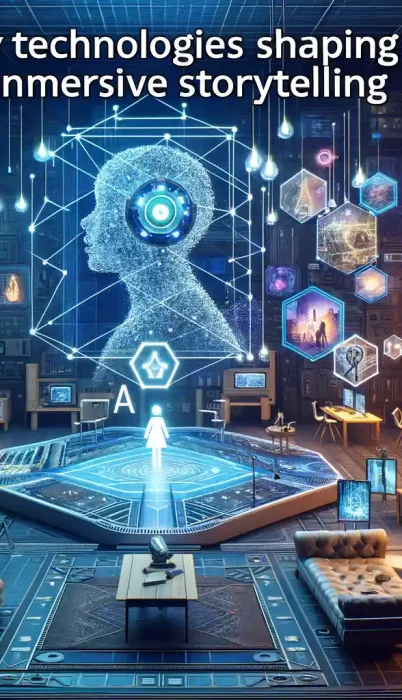Understanding Mixed Reality and Its Role in Storytelling
Stepping Into the World of Mixed Reality
Imagine walking into a room where the pages of a storybook burst into life around you. Dragons swoop down from the ceiling, a forest sprouts under your feet, and your own voice has the power to guide the characters on their journey. That’s the magic of Mixed Reality (MR)—a mesmerizing blend of the physical and digital worlds, crafted to immerse you in stories like never before.
Unlike virtual reality, which transports you to a fully digital space, MR artfully layers digital creations onto your real environment, creating an experience that feels incredibly personal. Think of it as storytelling reimagined—no longer confined to screens or paper but happening in your living room, your backyard, or even in bustling city streets.
- Interactive props: Your coffee table becomes a pirate ship.
- Dynamic characters: Digital avatars that respond to your emotions and movements.
- Real-world exploration: A treasure hunt that uses your actual neighborhood as the map.
Through MR, storytellers are no longer narrators—they’re architects of entire worlds, inviting you to step inside and shape the narrative with every move you make.
Key Technologies Shaping Immersive Storytelling
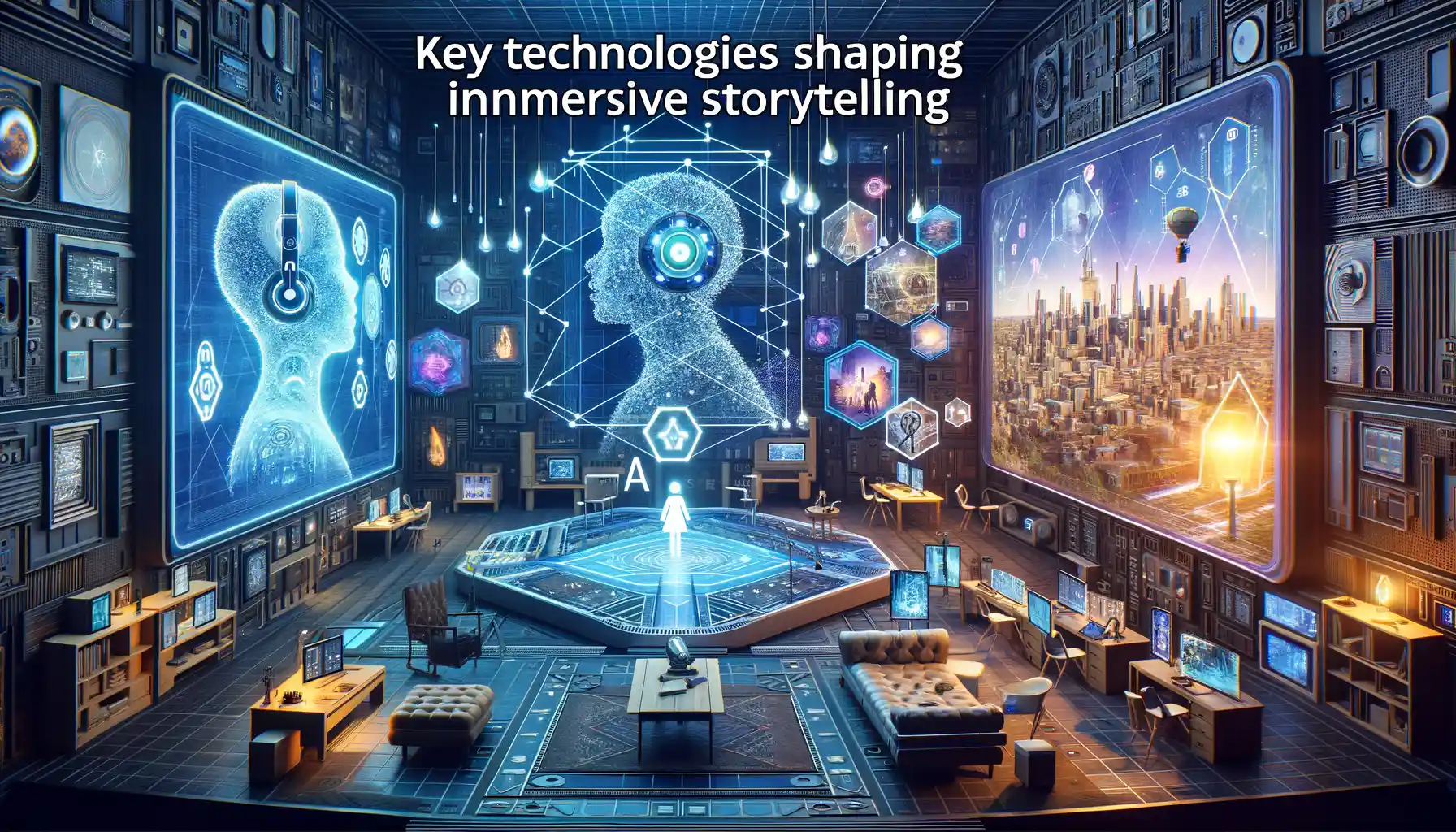
The Magic of AR and VR in Crafting Stories
Imagine stepping into a story—literally. That’s the spellbinding power of Augmented Reality (AR) and Virtual Reality (VR). AR layers rich storytelling elements onto your everyday world. Think of it like opening a portal through your smartphone: scan a book cover, and suddenly its characters appear in 3D on your table, speaking to you directly. On the other hand, VR is about plunging into an entirely new universe. You’re not just watching the story unfold; you *are* the hero, solving puzzles, exploring enchanted forests, or even starring in intergalactic battles.
This technology doesn’t just shape stories; it transforms how we connect with them. Case in point? VR games like Half-Life: Alyx or AR experiences such as Pokémon Go—they’ve made interactive narratives feel so real, it almost gives you chills. With sensors that track your motion and voice commands replacing traditional controllers, the line between consuming stories and living them is disappearing fast!
Artificial Intelligence: The Invisible Storyteller
Artificial Intelligence (AI) might just be the creative genius behind the curtain. It’s more than algorithms crunching data—it’s adaptable and responsive. AI characters can analyze your choices to tailor dialogues in real-time. For example: pick the villainous path in a narrative-driven game, and the friendly sidekick might turn against you. Speaking of immersive, imagine an AI-driven NPC (non-playable character) reacting to your tone of voice or body language. It’s no longer a pre-written script; every interaction feels alive.
Some incredible AI tools are powering this revolution:
- ChatGPT-style assistants creating dynamic in-game narratives.
- Procedural generation systems crafting endless new locations, plots, and challenges.
With every twist and choice feeling spontaneous, AI isn’t just enhancing immersive storytelling—it’s carving paths no human author could have imagined.
Impact of Immersive Storytelling on Audience Engagement
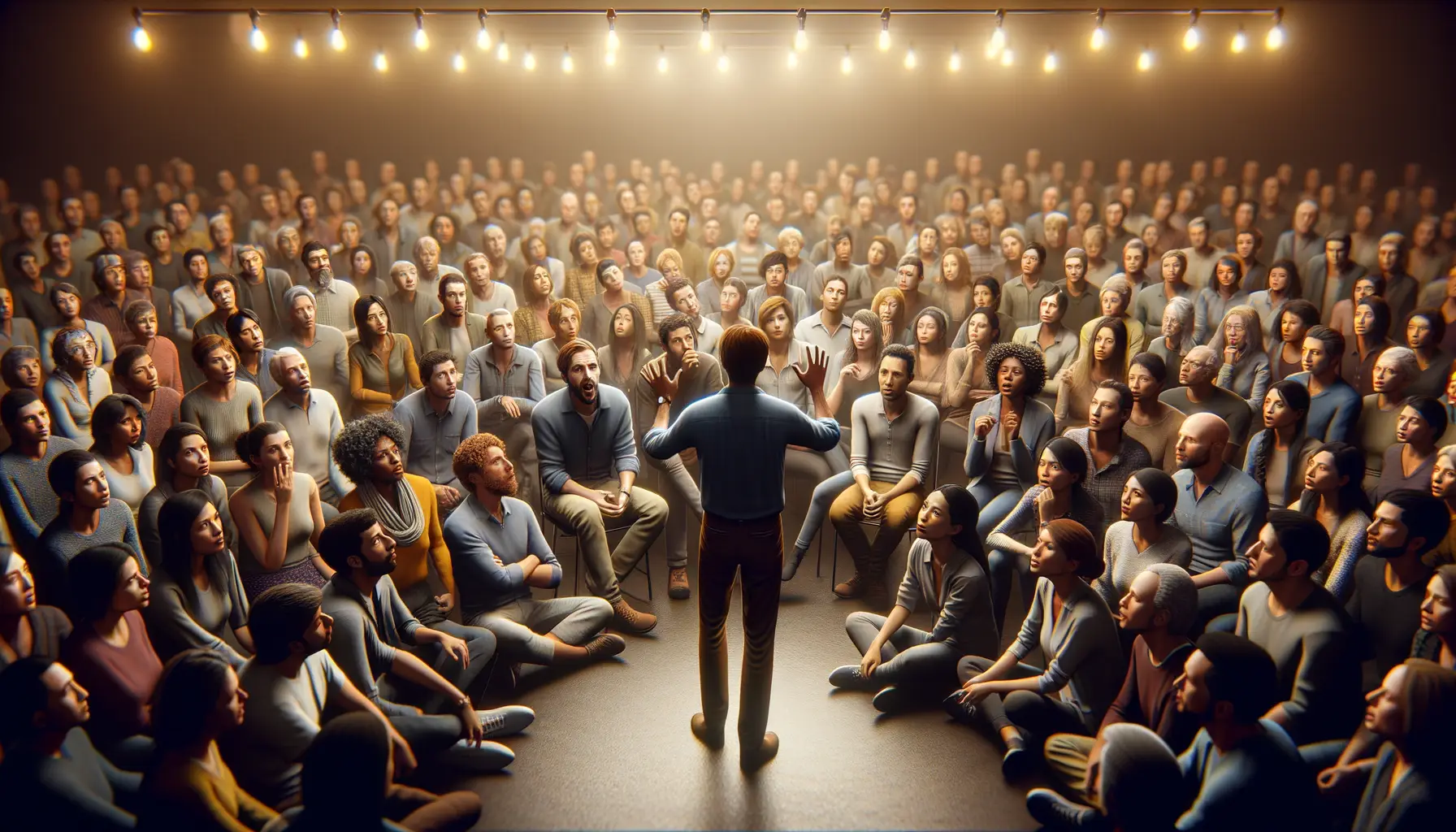
How Mixed Reality Turns Viewers into Participants
Imagine stepping into a story—not just watching it unfold on a screen, but feeling the pulse of its world. Immersive storytelling powered by mixed reality (MR) transforms audiences from passive observers into active participants, bridging the gap between fiction and reality like never before. Instead of simply seeing a hero fight dragons, you’re wielding the flaming sword yourself as embers swirl around your face and the dragon’s roar echoes in your ears.
This isn’t about gimmicks; it’s about connection. When an audience can physically interact with the narrative—whether by exploring hidden corners of a virtual realm or influencing the outcome of a story—they form a deeper, more personal attachment. And that emotional investment? It’s the secret sauce behind next-level engagement.
- In immersive theatre, viewers might solve puzzles alongside actors, becoming part of the narrative fabric.
- Brands are crafting MR experiences to let customers “live” their values—like walking through a rainforest they’re helping to preserve.
Stories That Speak to the Senses
Let’s talk sensory overload—in the best way possible. Through technologies like augmented reality (AR), haptic feedback, and spatial audio, stories now command not just your attention, but your entire body. Think of the gentle vibration in your palms as a digital butterfly lands or the faint whispers of a ghostly figure behind you. These details make moments unforgettable.
The genius of immersive storytelling lies in its ability to make people feel more alive inside the story. There’s no escape button for emotions when you’re immersed—you’re completely in it, heart first!
Challenges and Opportunities in Mixed Reality Storytelling
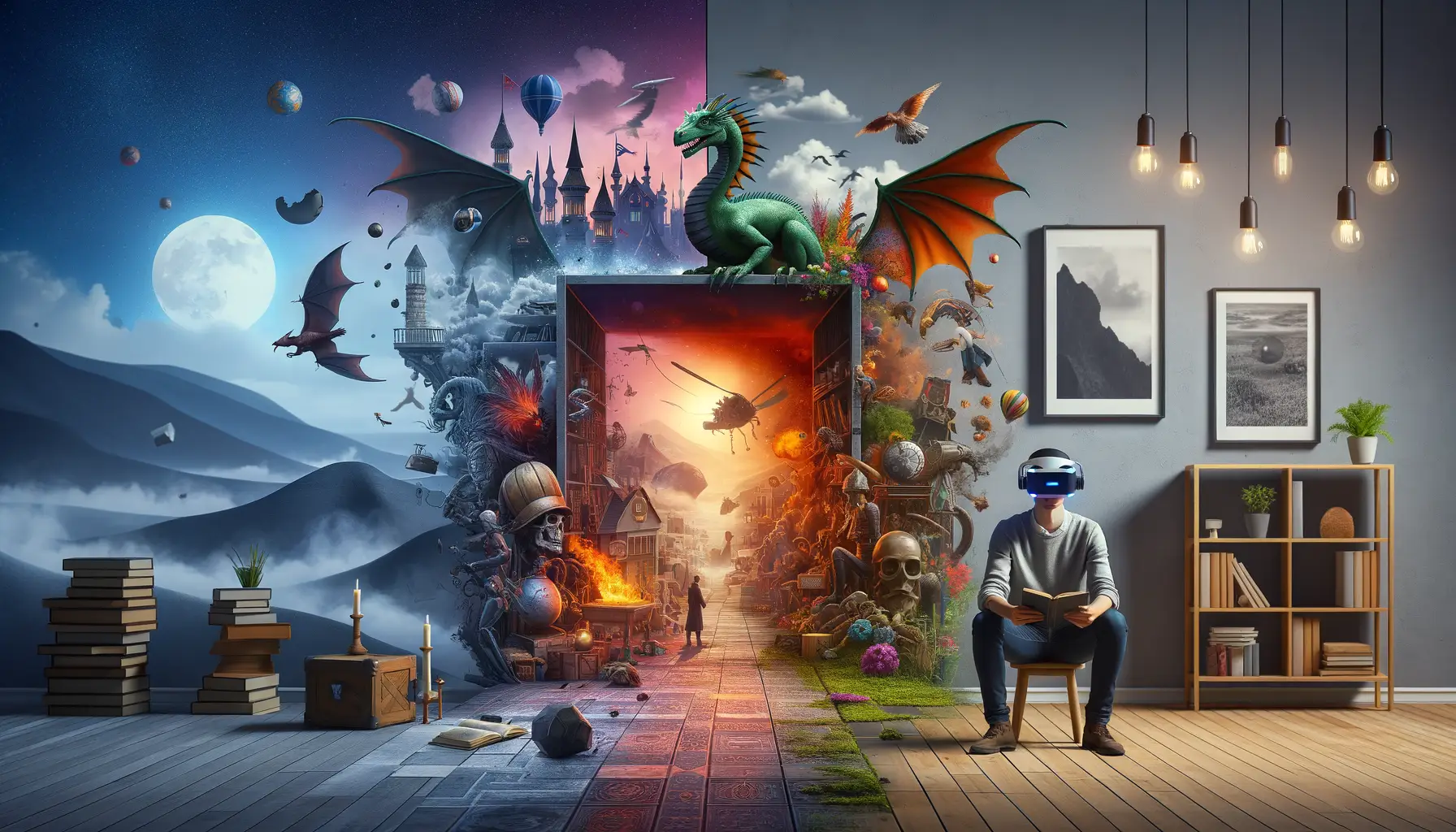
Pushing Creative Boundaries in a Blended Reality
Imagine crafting a story where your hero’s journey unfolds right in your living room or atop a bustling city skyline. That’s the magic—and challenge—of mixed reality. As storytellers, we have to dance between physical and virtual worlds, choreographing a seamless experience for our audience. But trust me, it’s not all smooth sailing.
Let’s talk hardware. Building immersive narratives often means wrestling with limitations of headsets and smart glasses. Device comfort, limited battery life, or narrow fields of view can yank audiences out of the moment. And then there’s world-building complexity—how do you design environments that adapt to a viewer’s real-life surroundings but still feel cohesive?
But here’s the silver lining: challenges birth innovation. The beauty of mixed reality storytelling lies in its raw potential to redefine human connection. Picture an author guiding readers through scenes—literally standing beside them—or historical dramas unfolding in your backyard.
- Interactive characters adapting to your space
- Stories shaped by your movements, choices, or even emotions
- Real-world objects blending seamlessly into the narrative
This isn’t just storytelling; it’s stepping inside the story itself.
Looking Ahead: Innovations Driving the Future of Immersive Experiences
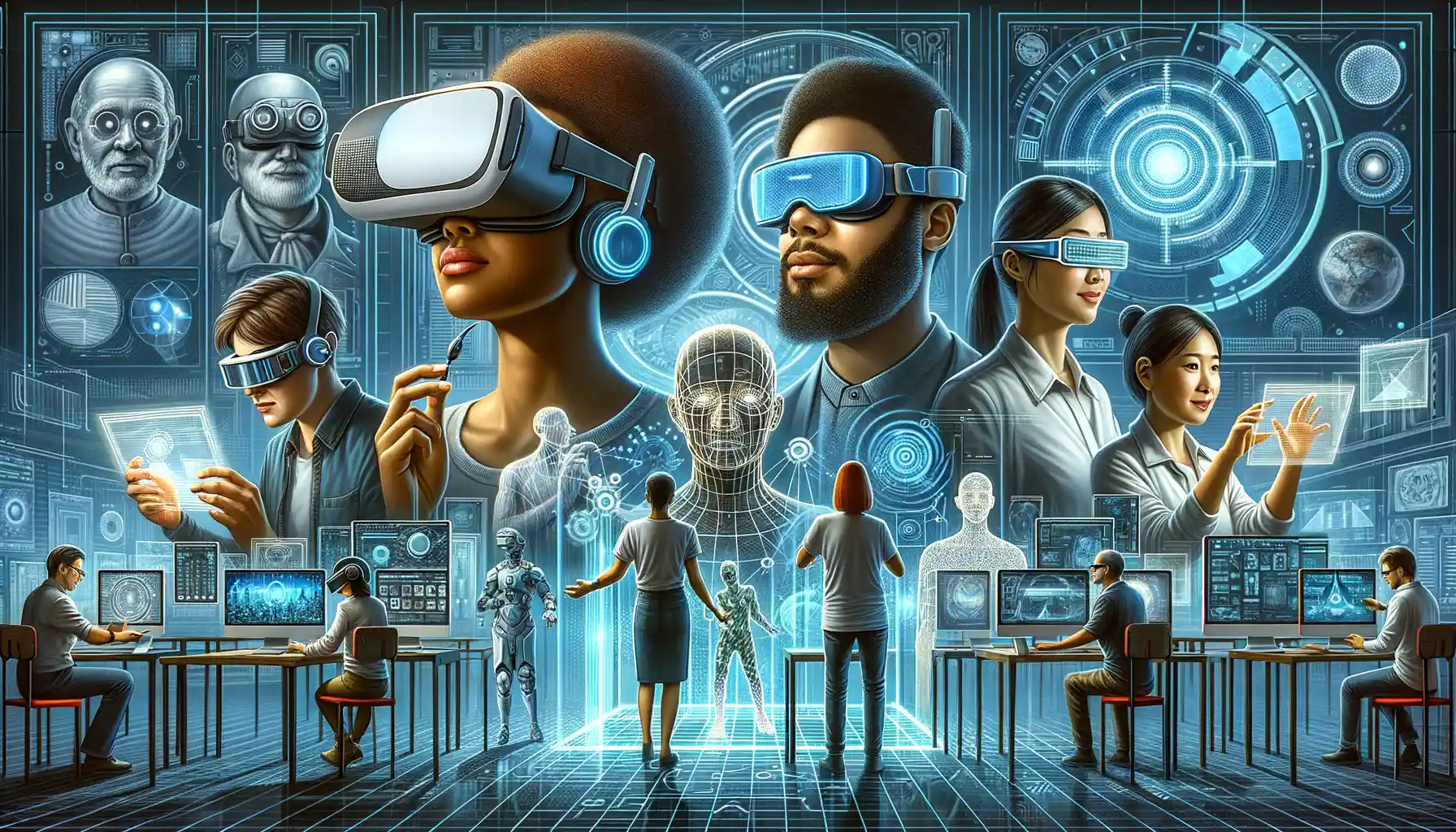
The Rise of Adaptive Storytelling
Picture this: a story that doesn’t just unfold—it evolves *with you*. Thanks to innovations like **AI-driven narratives**, creators can now craft experiences that adapt in real-time to a viewer’s choices, emotions, and even biometrics. Imagine walking through a haunted house in VR where your rising heartbeat amps up the intensity—the shadows grow darker, whispers creep closer, and the story bends itself to your pulse. That’s not futuristic fantasy; that’s the promise of adaptive storytelling.
And it’s not all about thrills. Interactive learning is being revolutionized too. Imagine studying history while standing in the middle of *ancient Rome* as AI characters engage you in real debates. Suddenly, every choice you make impacts the world around you.
- Neural interfaces: These blur the line between physical senses and digital stimuli, letting you “feel” a virtual breeze or the tension of a sword in your hand.
- Procedural content generation: Infinite worlds are created on the fly, ensuring no two audiences ever walk the same path.
Pushing Beyond Sight and Sound
Immersive storytelling is leaping beyond just vivid visuals and booming audio. Technologies like **haptic feedback suits** and **scent deployment systems** are pulling us into stories with all five senses. Imagine walking into a scene where the aroma of rain-soaked earth wraps around you, or feeling the rumble of an explosion—not just hearing it.
This is your new storybook: a world where sensory layers deepen emotional connections. The future isn’t just immersive—it’s downright tangible.
